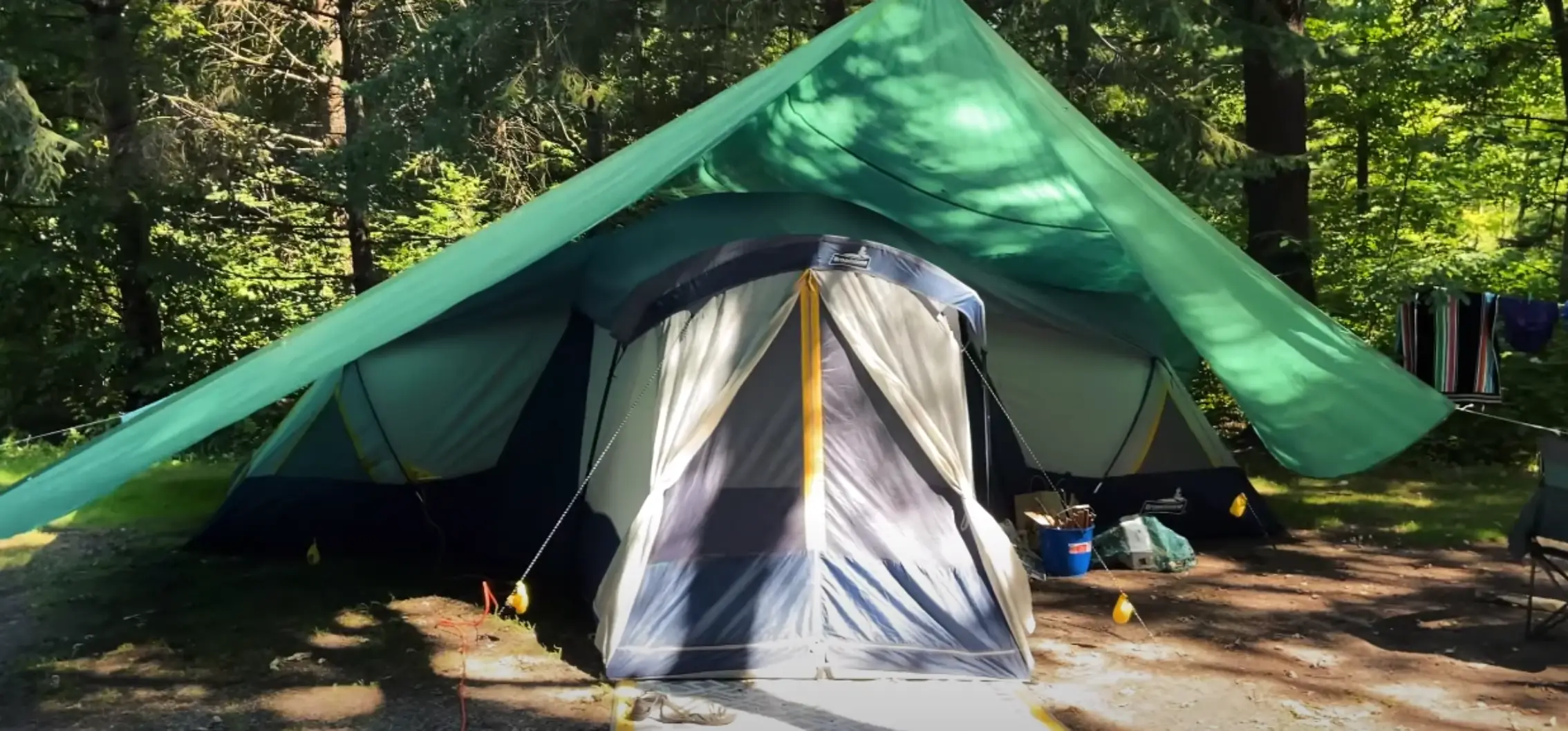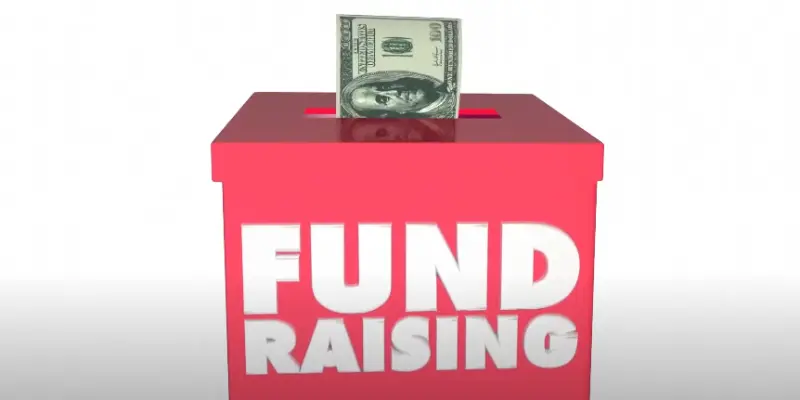Should You Put a Tarp Over Your Tent: 7 Reasons & 3 Benefits
When I went camping outdoors, I found that the weather could be unpredictable. Without a proper tarp, strong winds could have damaged my tent. I used a tarp that shielded against rain, current, and excessive heat, ensuring a comfortable camping trip.
Yes, I considered putting a tarp over my tent. My tent was better protected from rain and insulated, and I could store more items with a tarp. Placing it incorrectly increased condensation and could have damaged my tent because of friction.
Even on sunny days, the heat could make my tent feel like a sauna, especially if made of a non-breathable material. A tarp helped reflect the sun’s rays and kept my tent cooler, making it a more comfortable place to spend the day.
I’ll share my experiences about whether you should put a tarp over your tent, along with tips and tricks for successful tent camping with a tarp over your tent.
Should You Put a Tarp Over Your Tent: 7 Reasons
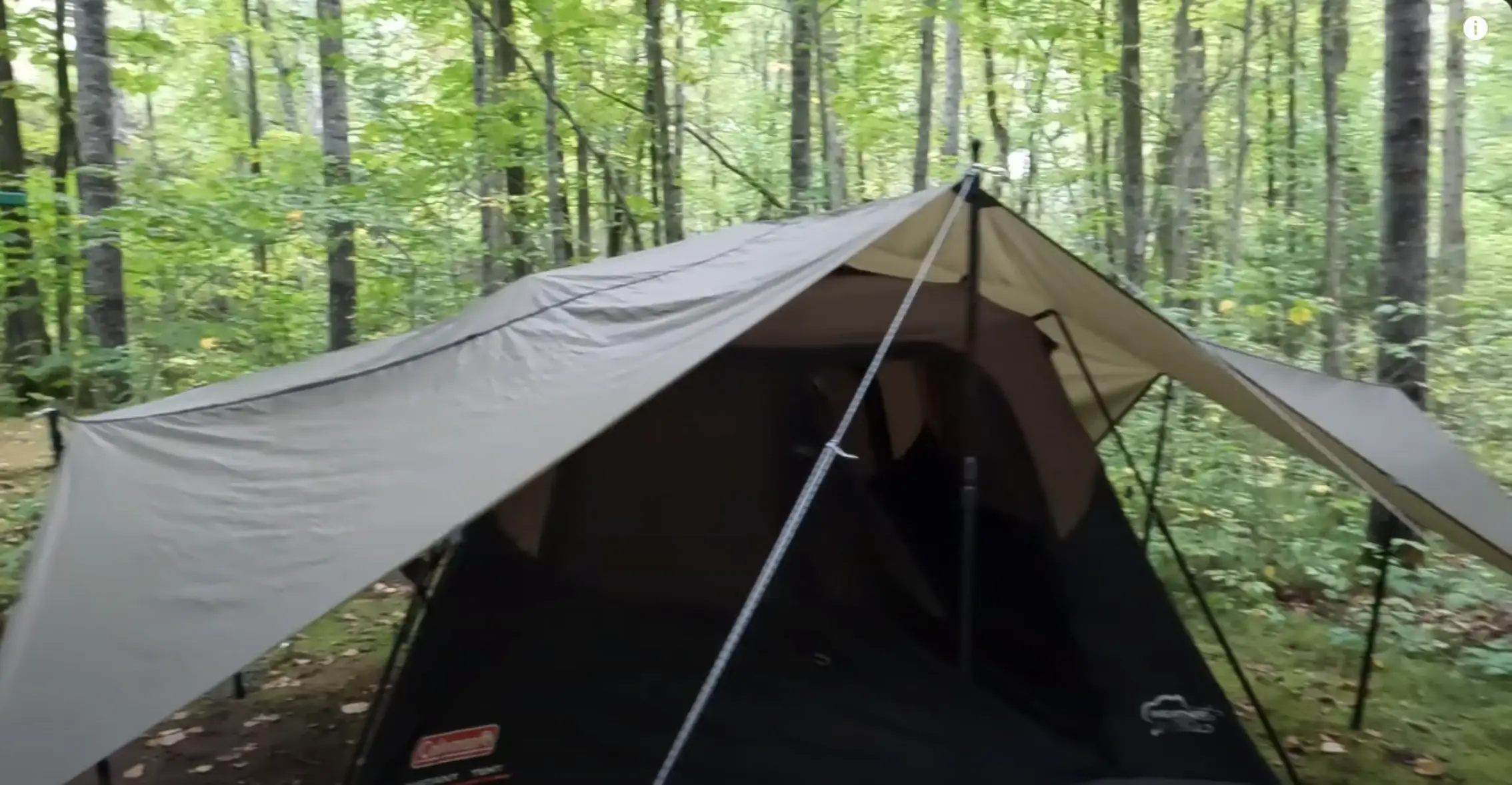
I have learned the hard way how important it is to protect your tent from weather and other sources of damage. I have seen too many people suffer from leaky tents, dirty tarps, and ruined gear because they underestimated the power of nature or the lack of maintenance. I want to share why tents need tarps and how to do it effectively.
UV Rays Harmed My Tent
Exposing my tent to direct sunlight for extended periods posed risks such as color fading, material weakening, and shortened lifespan. The intense UV rays also increased the heat inside, making sleeping or resting uncomfortable. To address this, I used a UV-resistant tarp to create shade, blocking harmful rays while allowing airflow.
Bird and Bat Droppings Stained
One common issue I faced while camping was birds, bats, or other creatures leaving droppings on my tent. This was unsightly and smelly but also caused permanent marks and damage to the fabric and coating. I placed a darker or patterned tarp over my tent as a barrier to prevent this. This made it easier to clean and less appealing to birds and bats.
Condensation Dampened
When I slept in a tent, I exhaled moisture and heat, accumulating inside the tent and condensing on the walls or ceiling. If the humidity was high or the ventilation was poor, condensation became a severe problem, making my gear wet and my sleep uncomfortable.
To reduce the chance of condensation, I used a tarp as a buffer between my tent and the ground, which prevented moisture from seeping up and rising inside. I also created gaps in my tent and tarp to allow air to flow in and out, which helped evaporate the excess moisture.
Dew Dripped on
Dew formed on my tent surface, wetting my gear and waking me up. It occurred when the temperature dropped at night and air moisture condensed on icy surfaces. Camping in a humid area or near water sources increased the dew.
Placing a tarp over my tent prevented most dew or diverted it from my door/window. In the morning, I shook off the tarp or used a towel to remove excess moisture.
Tarp Created a Covered Area
A tarp was a multi-functional tool that protected my tent and created a covered area that expanded my living space. By setting up a tarp above my tent, I benefited from its extra shade, shelter, and privacy.
I also used the tarp as a cooking or dining area, a place to hang my wet clothes or gear, or a place to relax and read a book. A tarp also improved my visibility and orientation, marking my campsite and guiding me back to it from a distance.
Protection from Extreme Weather
Tarps protected my tent from extreme weather like rain, wind, and snow. A tarp provided an additional layer of protection, preventing rain from seeping through my tent and keeping it dry and comfortable.
Tent protection
One of the most significant benefits of covering my tent was its added protection. Extreme weather, like heavy rain or hail, wreaked havoc on a tent. The tarp protected my tent and helped prevent damage to its exterior and interior.
Extra Insulation Is Provided
A tarp also provided additional insulation when I was camping in colder weather. Adding insulation was essential when temperatures dropped at night. The extra layer helped trap heat inside my tent, helping me stay warm.
3 Benefits I Experienced from Using a Tarp Over My Tent
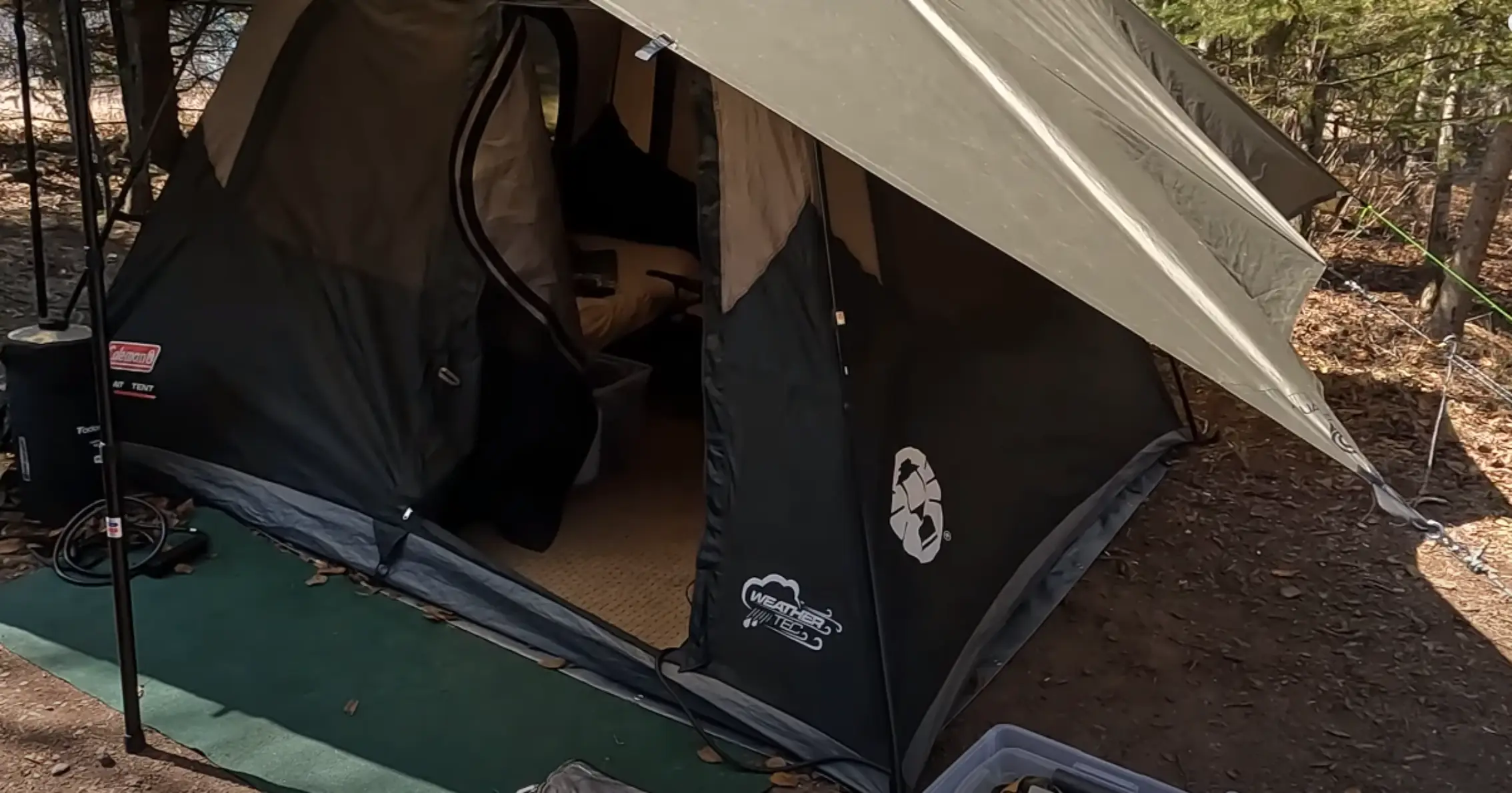
I have always wondered whether to cover my tent with a tarp. After research and personal experience, using a tarp over your tent can provide many benefits. I will highlight the importance of protection from the tarp.
Protection from the Elements
I used a tarp over my tent to protect it from the elements. Whether rain, wind, or sun, a tarp acted as a protection against harsh outdoor conditions. Here are some more details on each component:
- Rain: A tarp prevented rainwater from seeping into my tent, causing discomfort and potential damage.
- Wind: A tarp acted as a windbreaker, reducing the current that hit my tent and potentially causing damage.
- Sun: A tarp provided shade and protected my tent from harmful UV rays, preventing potential fading or damage to my tent’s materials.
Increased Durability
I also added extra durability to my tent by covering it with a tarp to protect it from debris and rough terrain. Here are some further details on the benefits:
- Protection Against Debris: A tarp prevented sticks, rocks, or other debris from hitting and potentially damaging my tent.
- Preservation of the Tent: By acting as a barrier beneath my tent, a tarp prevented wear and tear on my tent’s materials and prolonged its lifespan.
Better Ventilation
My tent was better ventilated when I used a tarp over it. By allowing air to circulate in my tent, I could reduce condensation, which led to a more comfortable sleeping experience. Further benefits include:
- Circulation of Air: A tarp created a gap between my tent and the tarp, allowing air to flow through.
- Reduced Condensation: By reducing the moisture in my tent, I could prevent mold growth and keep my gear dry.
How I Had Properly Set Up a Tarp Over My Tent
I experienced unexpected rainfall while camping once. Waking up to a flooded tent and wet gear was not a great feeling. That’s why I covered my tent with a tarp. However, I learned to set it up incorrectly could cause more harm than good. So, I followed this guide to put up a tarp.
The Right Size & Shape
Before setting up my tarp, I had to choose the right size and shape. Here are some things I considered:
- The Size of My Tent: I chose a tarp that was slightly larger than my tent to ensure complete coverage.
- The Shape Of the Tarp: Rectangular tarps were the most versatile, but I could also have chosen a square or diamond-shaped tarp for a more customized fit.
- The Material of the Tarp: It was made of waterproof and UV-resistant fabric.
Location Selection
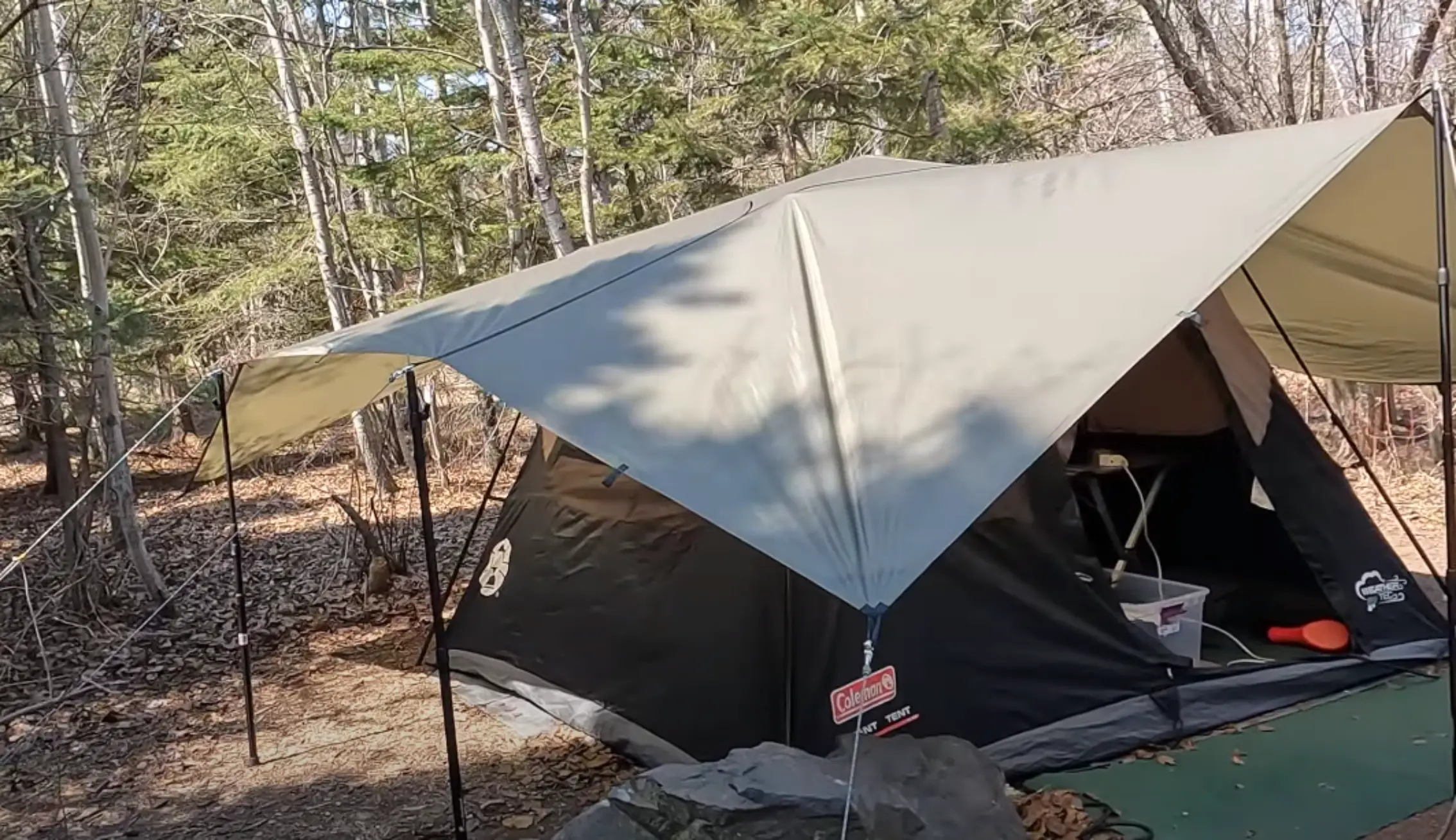
Once I had chosen the right tarp, I needed to determine the best location to set it up. Tips I followed:
- Near my tent, I looked for a level and prominent area.
- To prevent branches from falling on the tarp, I placed it away from trees.
- I checked the direction of the wind to ensure that the tarp did not get blown away.
Correctly Securing the Tarp
After finding the perfect spot, it was time to set up the tarp. Here are some steps I took to secure it properly:
- I laid the tarp on the ground with the waterproof side facing up.
- I used guylines and stakes to secure the tarp’s corners to the floor.
- If my tarp had grommets, If my tarp had grommets, I tied them to trees or poles to create a canopy over my tent.
Proper ventilation
Proper ventilation was essential to prevent condensation from developing inside my tent. I followed these tips to ensure adequate ventilation:
- I left a gap between the tarp and the tent to allow air circulation.
- I used extra guylines and stakes to create a canopy that could be lifted to allow air to circulate.
- I opened my tent windows and vents to improve airflow.
Conclusion
I should always put a tarp over my tent during my camping trips. It offered protection against various elements, increased my tent’s durability, improved ventilation, and provided additional insulation.
It also expanded my living space, gave me privacy, and kept my gear neat and organized. My tent was covered with a tarp, which improved my camping experience, and I didn’t want to be caught without one. So, the next time I packed for my camping trip, I added a tarp to my list of essentials.
FAQs
How Big Should A Tarp Be For A Tent?
Tarps should be large enough to protect your tent from the elements without being too large to transport or set up. It is recommended that tarps be at least two or three inches larger in all directions than tents.
